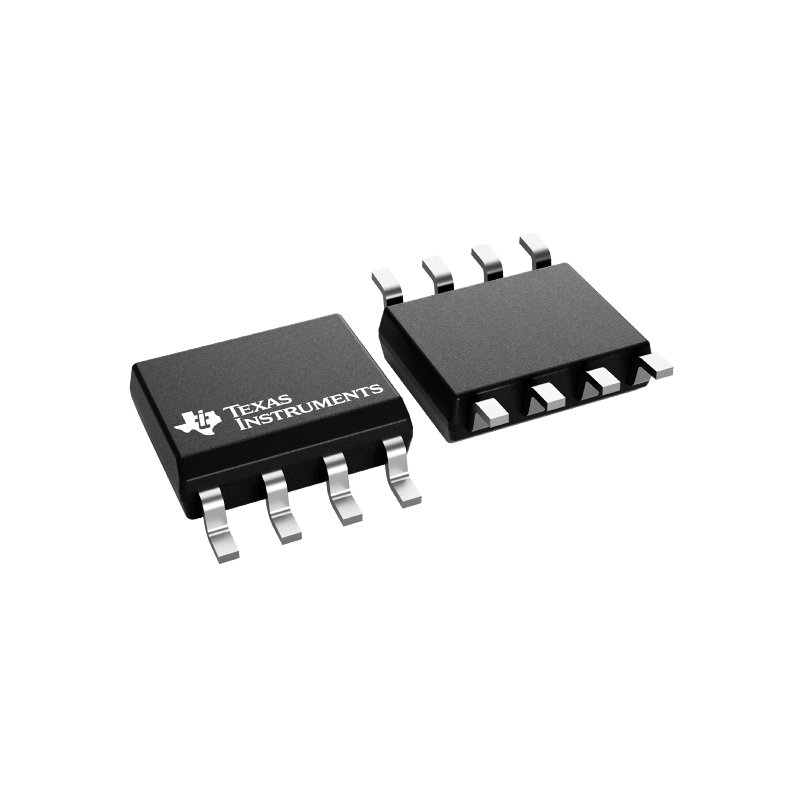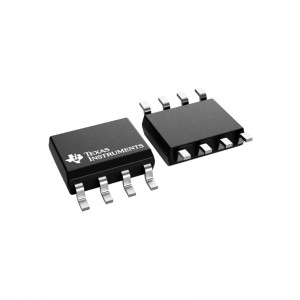
Products
ISO1541QDRQ1 Automotive, 2.5-kVrms
Features for the ISO1541-Q1
Qualified for automotive applications
AEC-Q100 qualified with the following results:
Device temperature grade 1: –40°C to +125°C ambient operating temperature
Device HBM ESD classification level 3A
Device CDM ESD classification level C6
Documentation available to aid functional safety system design: ISO1540-Q1, ISO1541-Q1
Isolated bidirectional, I2C compatible, communication
Supports up to 1-MHz operation
3-V to 5.5-V supply range
Open-drain outputs With 3.5-mA Side 1 and 35-mA Side 2 sink current capability
±50-kV/µs transient immunity (Typical)
Safety-related certifications:
4242-VPK isolation per DIN VDE V 0884-11:2017-01
2500-VRMS isolation for 1 minute per UL 1577
CSA approval per IEC 60950-1 and IEC 62368-1 end equipment standards
CQC basic insulation per GB4943.1-2011
Description for the ISO1541-Q1
The ISO1540-Q1 and ISO1541-Q1 devices are low-power, bidirectional isolators that are compatible with I2C interfaces. These devices have logic input and output buffers that are separated by Texas Instruments Capacitive Isolation technology using a silicon dioxide (SiO2) barrier. When used with isolated power supplies, these devices block high voltages, isolate grounds, and prevent noise currents from entering the local ground and interfering with or damaging sensitive circuitry.
This isolation technology provides for function, performance, size, and power consumption advantages when compared to optocouplers. The ISO1540-Q1 and ISO1541-Q1 devices enable a complete isolated I2C interface to be implemented within a small form factor.
The ISO1540-Q1 has two isolated bidirectional channels for clock and data lines while the ISO1541-Q1 has a bidirectional data and a unidirectional clock channel. The ISO1541-Q1 is useful in applications that have a single master while the ISO1540-Q1 is suitable for multi-master applications. For applications where clock stretching by the slave is possible, the ISO1540-Q1 device should be used.
Isolated bidirectional communication is accomplished within these devices by offsetting the low-level output voltage on side 1 to a value greater than the high-level input voltage on side 1, thus preventing an internal logic latch that otherwise would occur with standard digital isolators.
1. Who are the staff in your R & D department? What are your qualifications?
-R & D Director: formulate the company’s long-term R & D plan and grasp the direction of research and development; Guide and supervise r&d department to implement company r&d strategy and annual R&D plan; Control the progress of product development and adjust the plan; Set up excellent product research and development team, audit and training related technical personnel.
R & D Manager: make new product R & D plan and demonstrate the feasibility of the plan; Supervise and manage the progress and quality of r&d work; Research new product development and propose effective solutions according to customer requirements in different fields
R&d staff: collect and sort out key data; Computer programming; Conducting experiments, tests and analyses; Prepare materials and equipment for experiments, tests and analyses; Record measurement data, make calculations and prepare charts; Conduct statistical surveys
2. What is your product research and development idea?
- Product conception and selection product concept and evaluation product definition and project plan design and development product testing and validation launch to market


